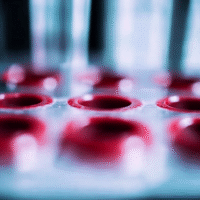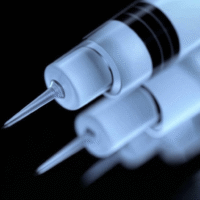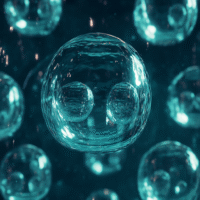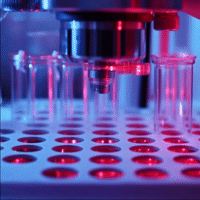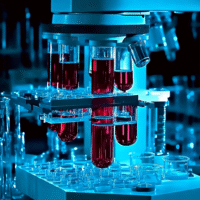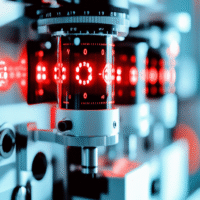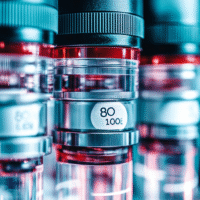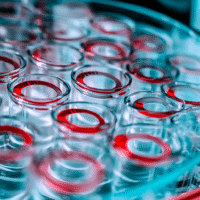Understanding the Trial Results
This study looked at a treatment called high-definition transcranial direct current stimulation (HD-tDCS) for patients with mild cognitive impairment (MCI). Here’s what we found:
What Worked?
- HD-tDCS changed brain activity in specific areas linked to thinking and movement.
- Patients receiving HD-tDCS showed increased brain connectivity in important regions.
What Didn’t Work?
- There were no significant improvements in cognitive tests (MMSE and MoCA) for either the HD-tDCS group or the sham group.
How Does This Help Patients or Clinics?
While the treatment did not show immediate improvements in cognitive tests, it indicates that HD-tDCS may still be engaging important brain networks. This could lead to better understanding and future treatments for MCI.
Real-World Opportunities
- Hospitals can explore using HD-tDCS as a potential treatment for MCI.
- Doctors can consider this method for patients who may benefit from brain stimulation.
Measurable Outcomes
Clinics should track:
- Changes in brain activity using brain scans (like fMRI).
- Patient feedback on cognitive function over time.
- Any changes in daily living activities.
AI Tools
Clinics might consider using AI tools to analyze brain scan data more effectively and track patient progress over time.
Step-by-Step Plan for Clinics
- Start with a small group of patients to test HD-tDCS.
- Monitor brain activity and cognitive function closely.
- Gather feedback from patients about their experiences.
- Gradually expand the program based on initial results.
For more detailed information on this research, you can read the full study here.
















